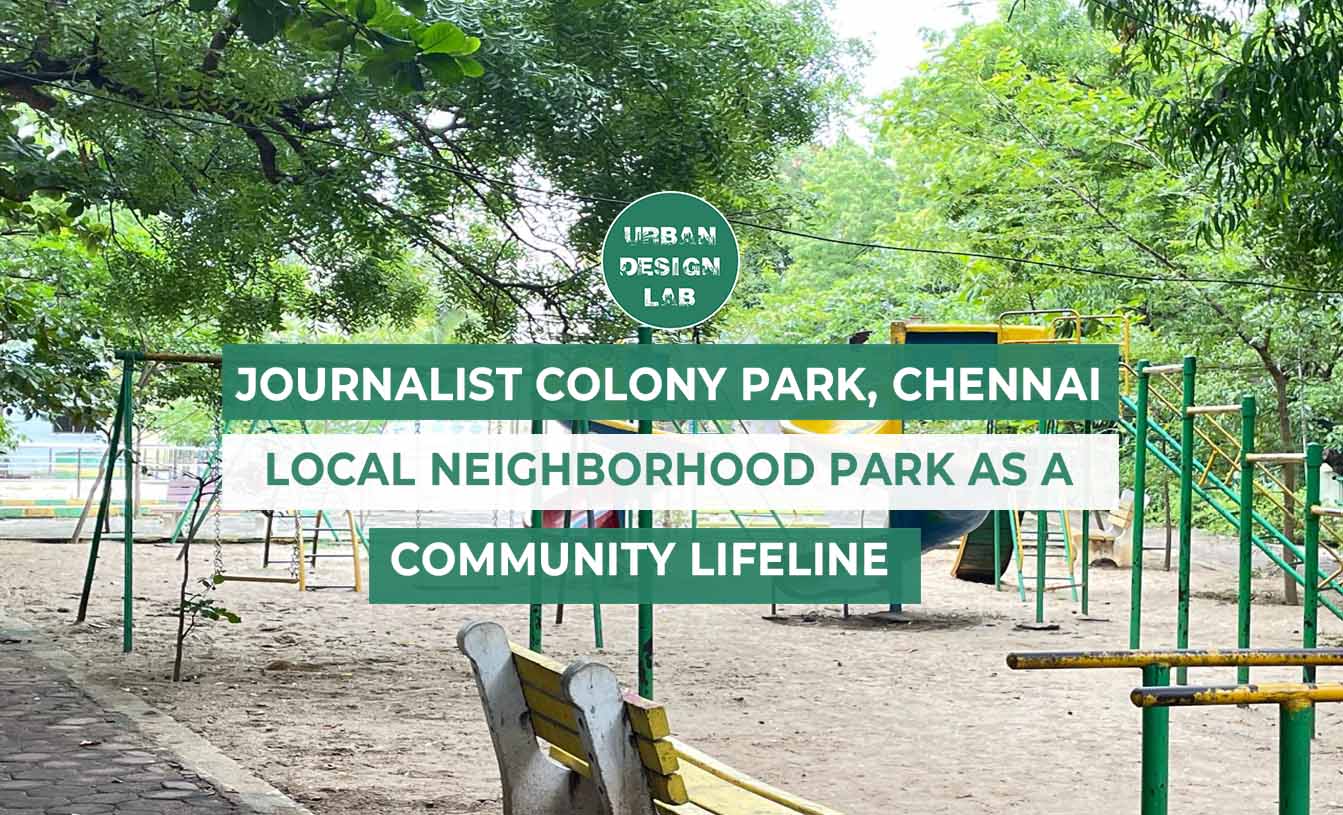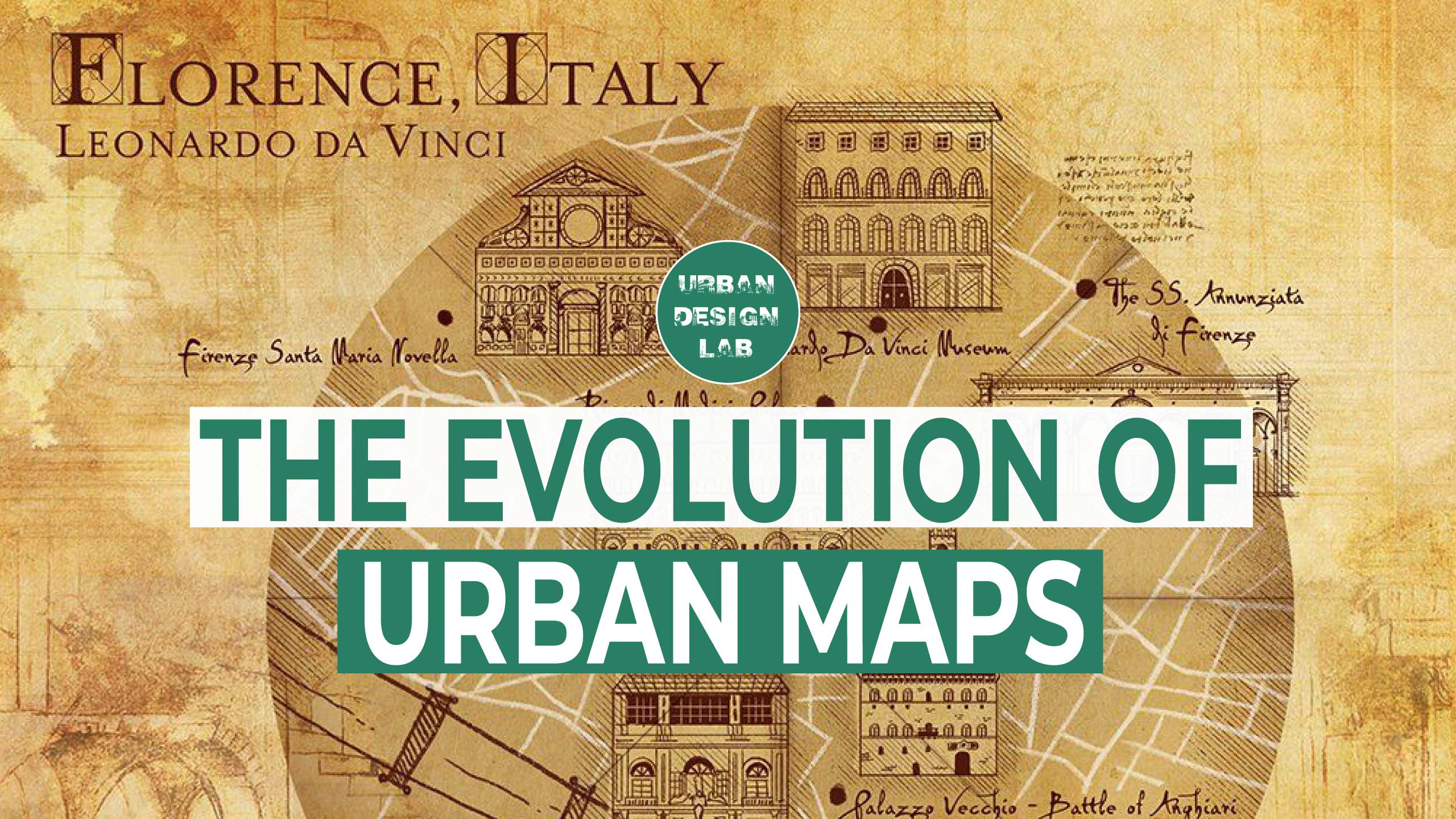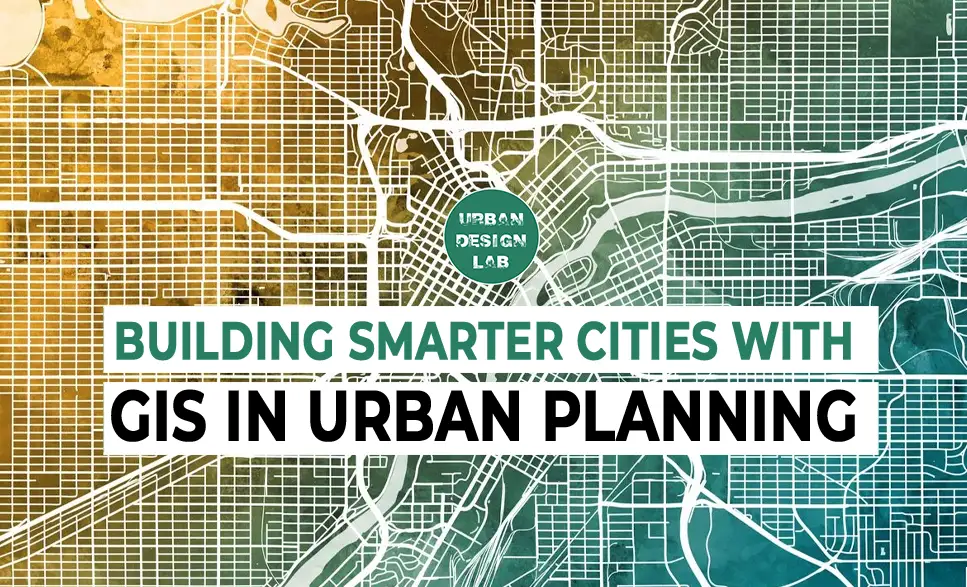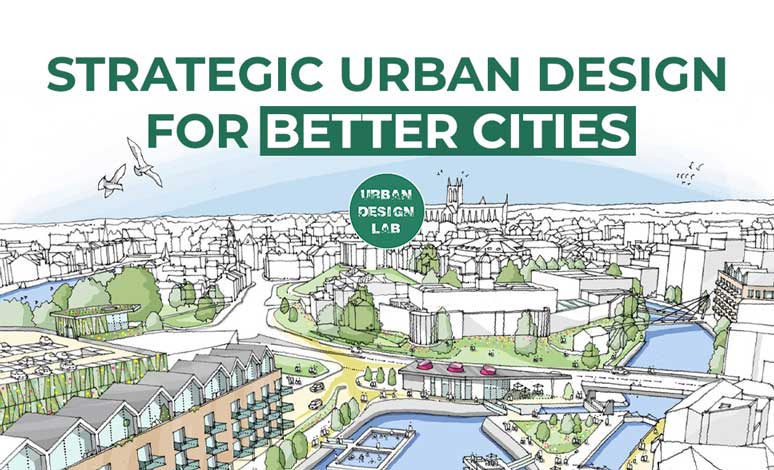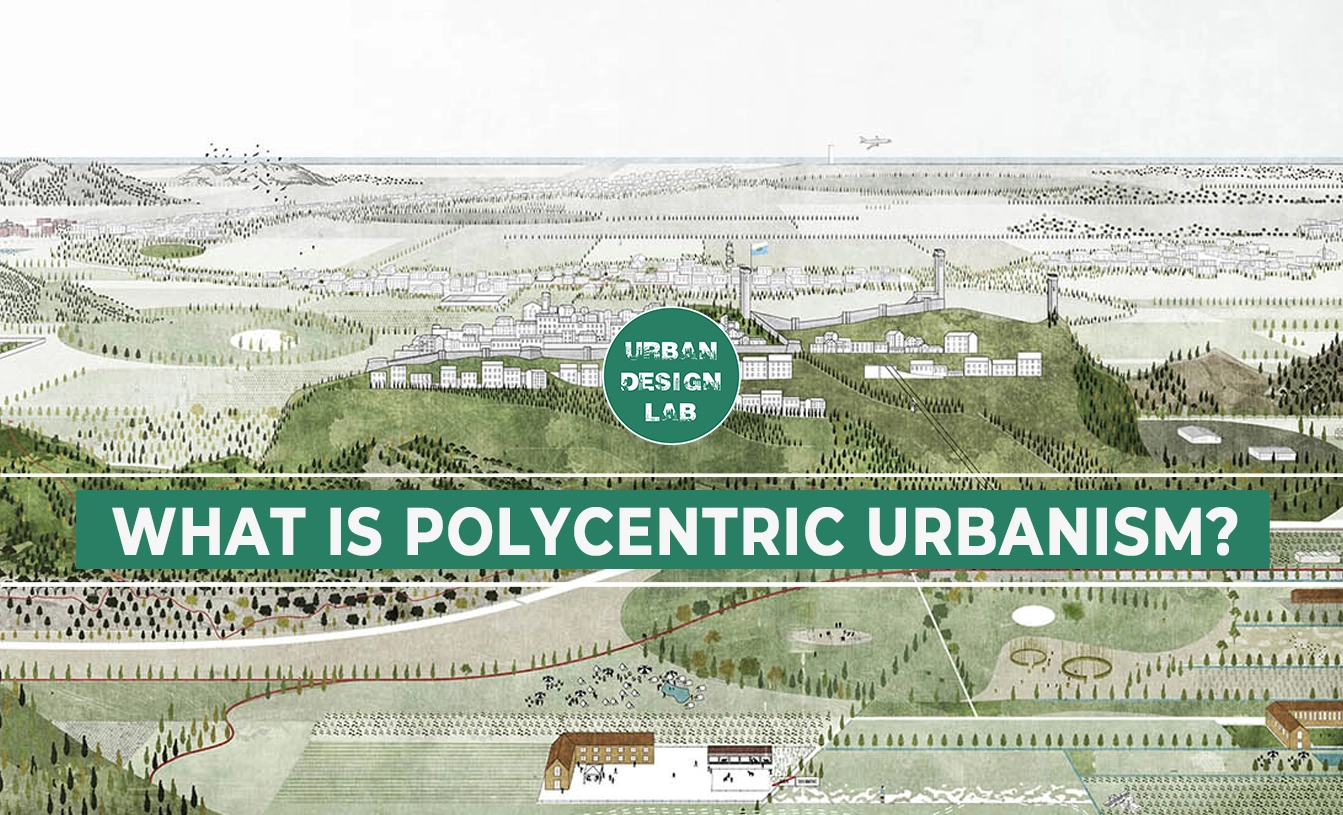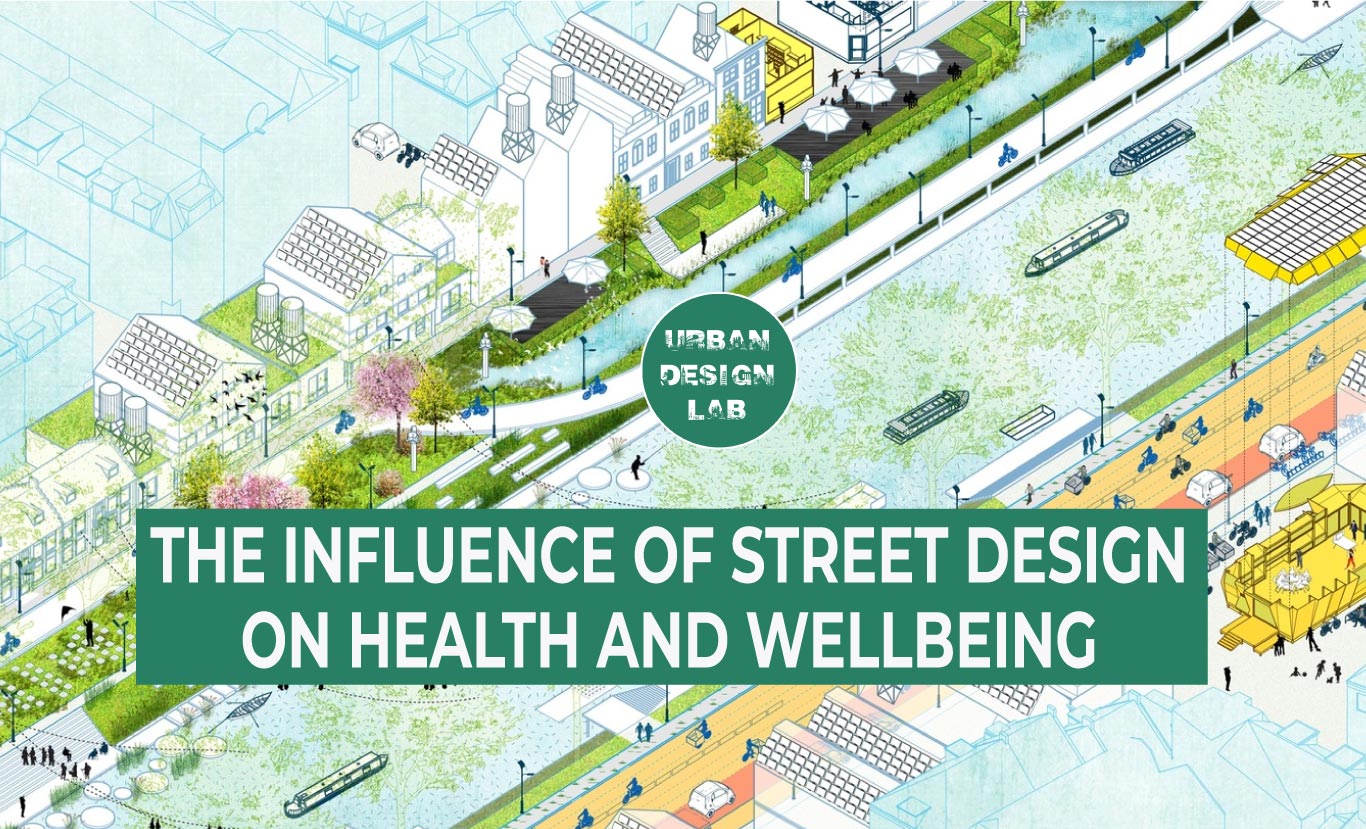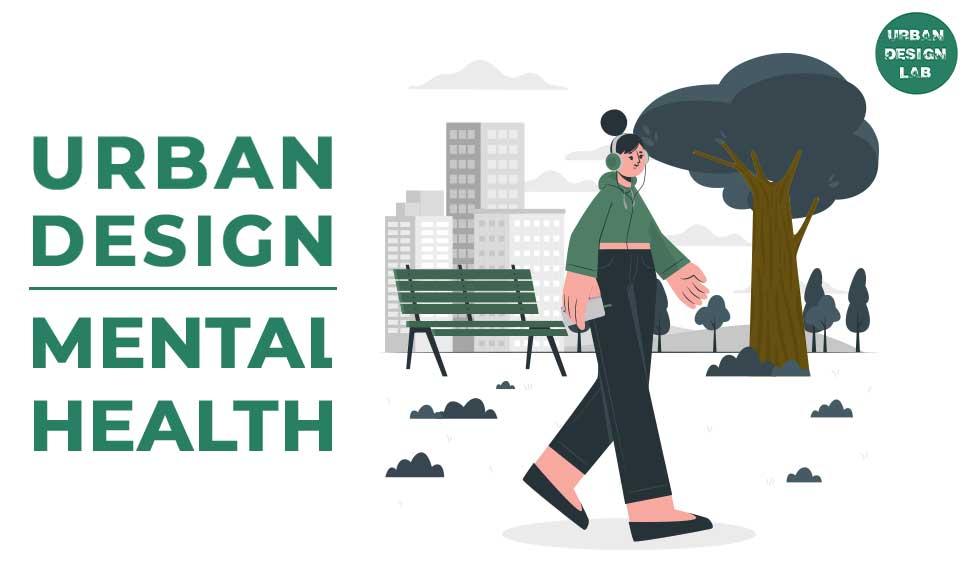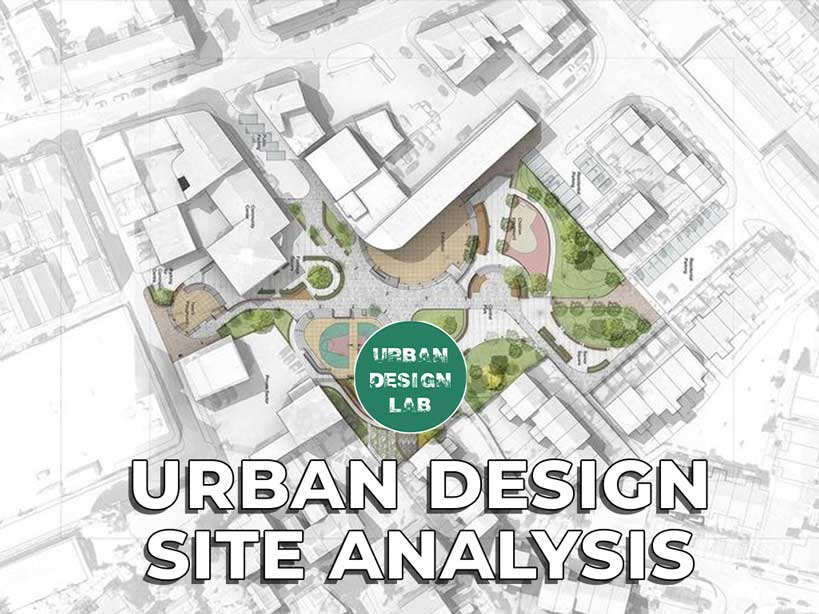
Designing Child-Friendly Cities
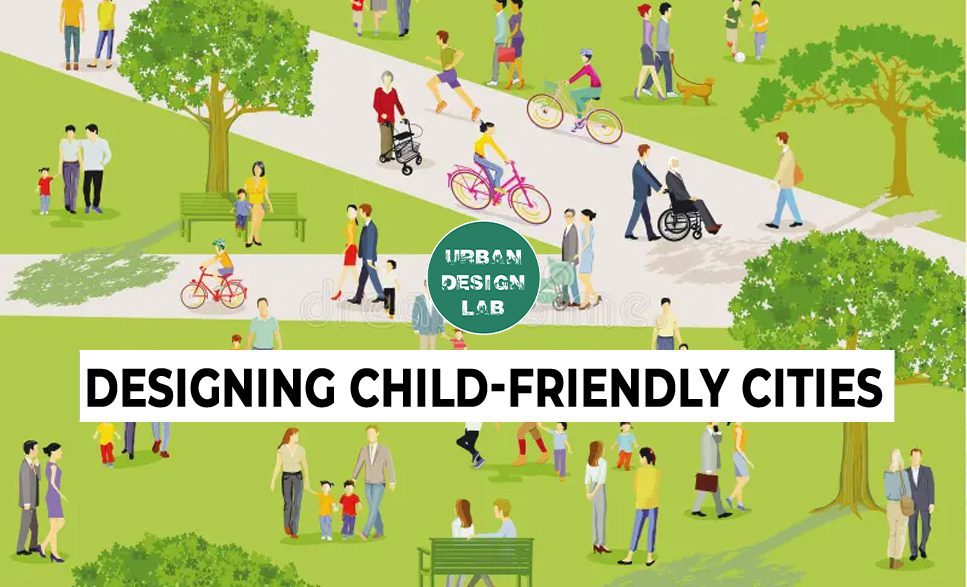
This article shows the significance of designing cities that are child-friendly. It explores how urban planners can prioritize the needs of children by focusing on safety, accessibility, play, and learning spaces. By implementing child-centric design strategies, cities can become more inclusive and supportive of children’s physical, cognitive, and emotional development. The article provides insights into global examples and innovative approaches to building urban environments that cater to the well-being of children.
Why Child-Friendly Cities Matter
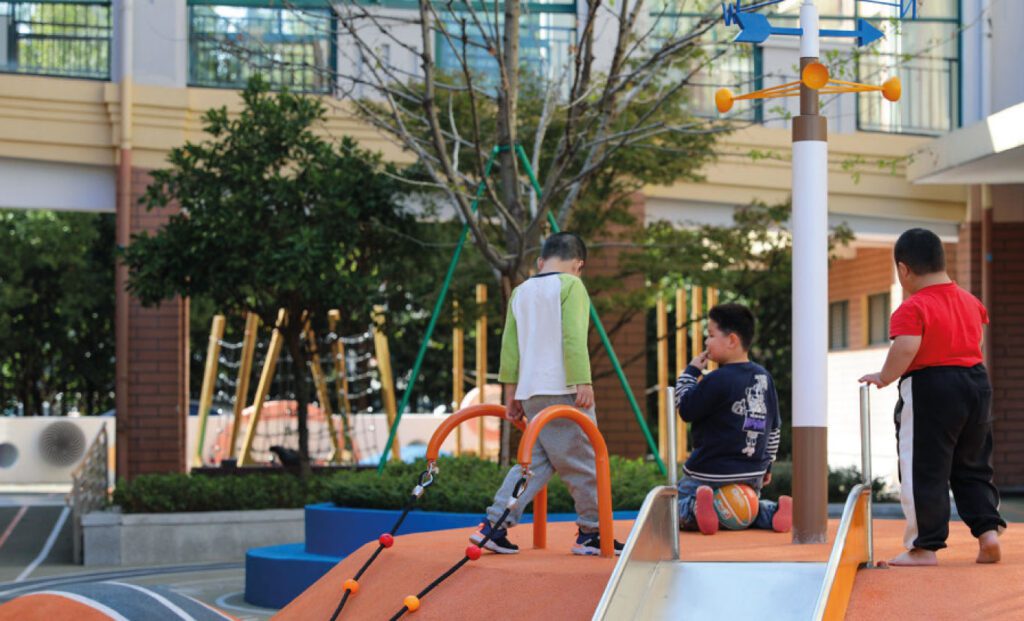
Designing Safe Mobility for Children
One of the most important features of a child-friendly city is mobility. For young residents to be mobile, there must be kid-friendly transit options, accessible sidewalks, and safe streets. In order to ensure child safety in urban transportation, safe pedestrian routes, crossings, and bicycle lanes must be provided in addition to lowering risks associated with traffic.
To put the safety of young people first, urban planners can implement traffic-calming measures like designated school zones, elevated pedestrian crossings, and speed limits in residential neighborhoods. These programs support commuting by bicycle or foot, which encourages the development of healthy habits at an early age.
Furthermore, designating areas close to parks and schools as pedestrian-only zones can shield kids from traffic hazards and provide them with secure, engaging areas to play in.
The needs of kids and their caregivers should also be taken into account by public transportation systems, which should make sure that stations, buses, and trains have amenities like wide doors, ramps, and family-friendly seating. Cities can enable children to safely and independently navigate their surroundings by emphasizing mobility.
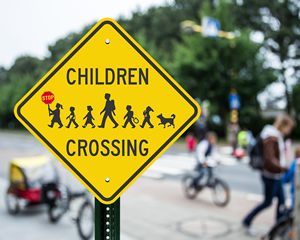
Source: Website Link
Play and Learning in Urban Spaces
Children’s play is an essential component of their development, and cities need to provide areas for them to play in a creative, social, and physical way. It is important to plan the placement of parks, playgrounds, and other leisure areas in cities so that kids can easily access secure play areas. Furthermore, play can be incorporated into common areas like sidewalks, public plazas, and even rooftops to create a kid-friendly urban landscape.
Interactive spaces that promote discovery, problem-solving, and social interaction can be created by urban planners. For instance, adding learning-based installations, sensory play areas, and playgrounds with a natural theme to public areas can give kids a chance to play meaningfully and develop cognitively. By offering children access to open, green spaces where they can learn via play, schools, and libraries can also reach a wider audience.
In addition, urban green spaces offer kids access to natural settings that improve their mental and emotional health by fostering a sense of connection with the natural world. Cities can become centers of activity where kids can grow and thrive in a nurturing, stimulating environment by putting a priority on play and education.
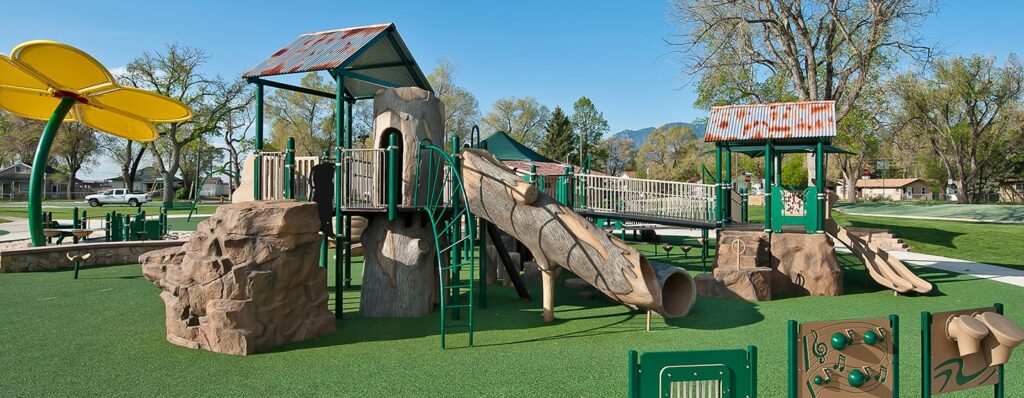
The Role of Schools in Child-Friendly Cities
Schools are essential parts of kid-friendly communities, not just places of learning. Schools should be easily accessible, secure, and surrounded by kid-friendly infrastructure that promotes learning and growth in thoughtfully planned urban areas. Schools can serve as community hubs by providing spaces for families and kids to get together as well as after-school programs.
In order to protect students from accidents, safe routes for bicyclists and pedestrians as well as traffic management systems must be incorporated into urban planning surrounding schools. The learning environment is also improved by being close to parks, libraries, and other educational facilities, which makes it simpler for kids to access materials that foster creativity and education.
It is advisable for planners to think about constructing adaptable areas in schools that facilitate sports, community events, and outdoor learning. This strategy turns schools into thriving hubs of activity, which benefits kids while also fostering stronger community ties. Play structures, learning installations, and lush landscaping give schoolchildren access to an enhanced learning environment outside of the classroom.
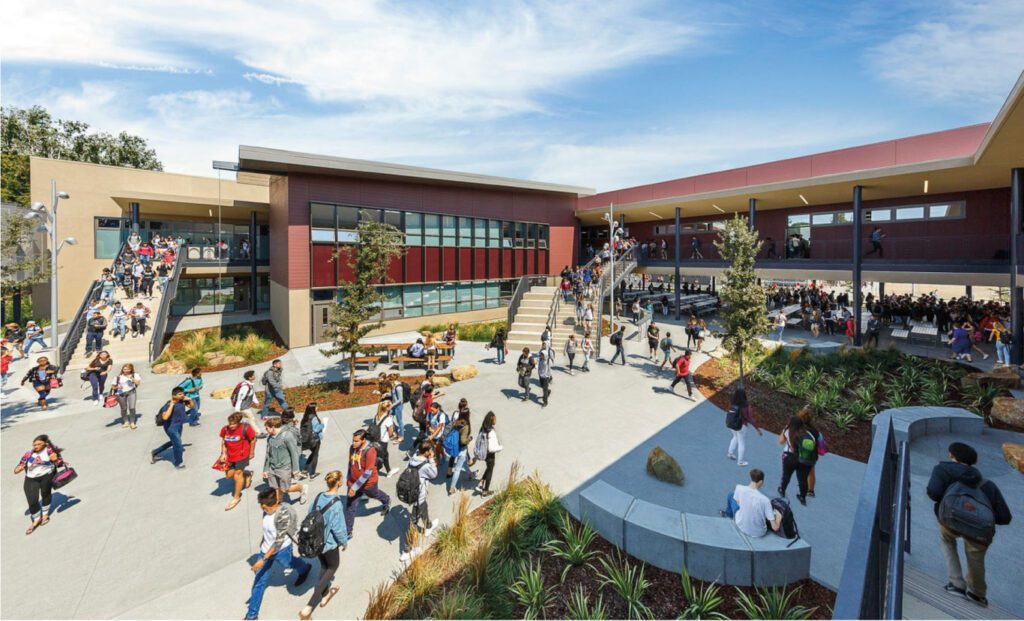
Inclusive Public Spaces for Children
Parks, plazas, and community centers are examples of public areas that ought to be made kid- and family-friendly. Children can participate in community life in inclusive public spaces, which promotes social interaction and a sense of belonging. All children, regardless of their socioeconomic status or physical capabilities, must be able to access these areas.
Creating gathering places for families, outfitting playgrounds with equipment appropriate for kids of different skill levels, and making sure public spaces are hygienic, orderly, and well-maintained are all examples of inclusive design. By adding amenities like sensory gardens, wheelchair-accessible playgrounds, and covered places to sit where parents can keep an eye on their kids, cities can improve their inclusivity.
In addition, public areas ought to foster intergenerational communication, enabling kids to participate in their surroundings and creating a family-friendly environment. Encouraging children to participate in the process of planning and designing these areas can also guarantee that their needs are fulfilled, thereby empowering them to actively shape their urban surroundings.
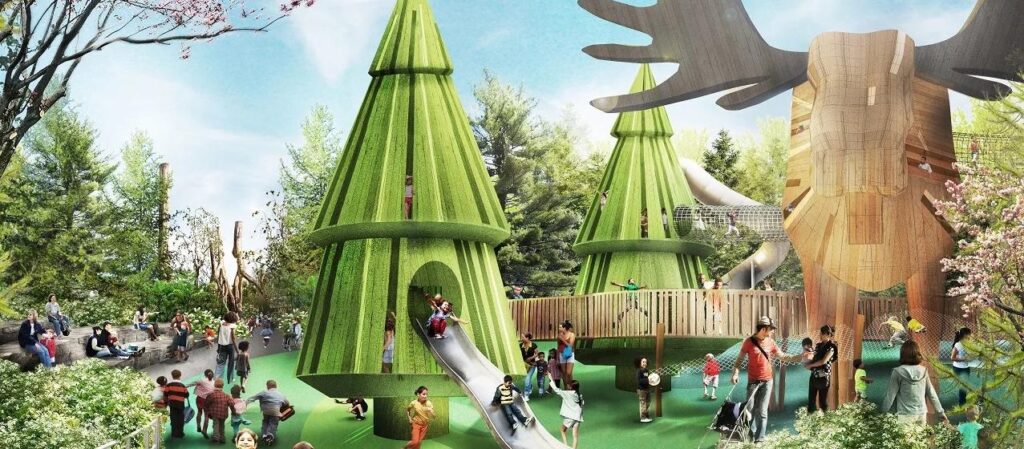
Child-Responsive Housing and Neighborhoods
Developing residential communities and neighborhoods is essential to making a city kid-friendly. Residential areas need to be planned with children’s well-being in mind, providing them with safe, secure spaces in which they can grow and develop. Features like secure outdoor areas, easy access to neighboring parks, and common areas where kids can play and socialize are all important components of child-responsive housing.
Urban planners must prioritize the development of mixed-use neighborhoods that provide convenient access to educational, medical, and recreational facilities. Communities can become places where kids can grow up safely and actively interact with their environment by incorporating features like playgrounds, childcare facilities, and pedestrian-friendly streets.
Families’ needs should also be taken into account when designing housing, with flexible living arrangements that can accommodate a range of family sizes and dynamics. The quality of life for kids and their families is improved by designing child-friendly neighborhoods, which also makes cities more livable and cohesive for all citizens.
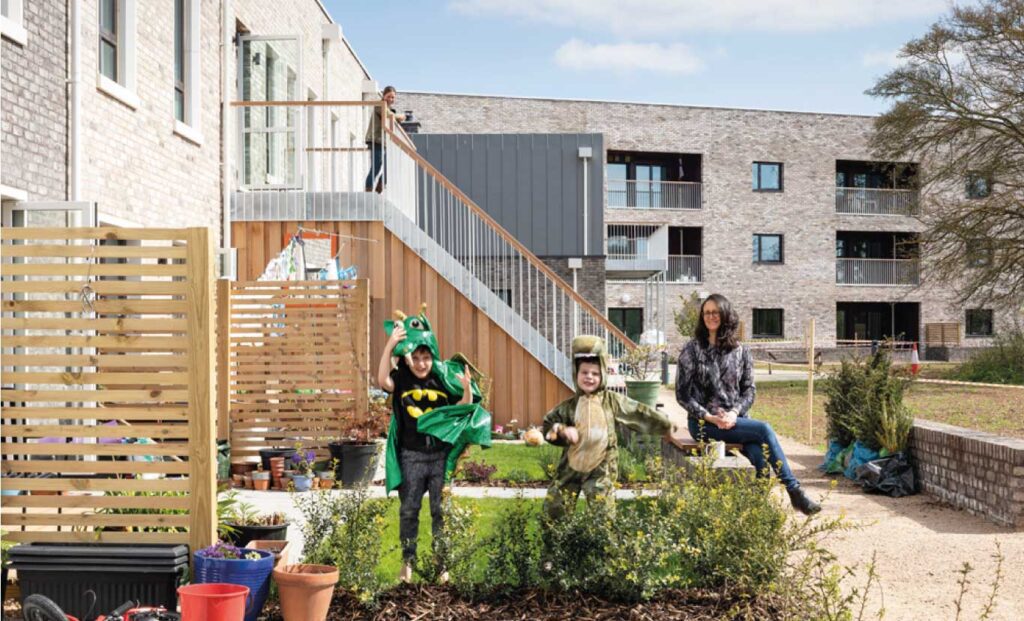
Engaging Children in Urban Planning
Including kids in the planning process is one of the best ways to create cities that are conducive to families. Children’s viewpoints and ideas about how they use and engage with urban spaces are distinct, and their ideas can inspire creative solutions that meet their needs.
Children have been successfully included in urban planning workshops in cities like Rotterdam and Oslo, allowing them to voice their preferences for public spaces, transportation, and recreational areas. Urban planners can acquire valuable insights into what makes spaces functional and engaging for younger residents by involving children in the decision-making process.
Engagement can take many forms, from interactive design sessions to surveys and field observations. Schools can also play a role by integrating urban planning into their curricula, encouraging students to participate in local projects. This approach not only empowers children but also fosters a sense of ownership and responsibility for their environment. As cities evolve, including children in the dialogue ensures that future urban developments reflect their needs and aspirations.
Conclusion
The process of creating child-friendly cities is comprehensive and involves taking into account the needs of kids at every stage of the urban planning process. Urban environments should put the health and well-being of their youngest residents first, from play and learning to mobility and safety. Cities can promote more inclusive, healthy communities by emphasizing public spaces, schools, and child-responsive housing. Involving kids in the planning process not only results in better cities for them but also gives them the power to actively shape their surroundings in the future.
Children benefit from safer, greener, and more energetic cities, but all inhabitants gain from them as well. Planning cities to meet the needs of children is not only morally required but also strategically sound, as it promotes social cohesion and sustainable growth as urbanization continues at a rapid pace. In the end, making cities kid-friendly improves everyone’s quality of life and contributes to the long-term growth of stronger, healthier urban communities.
References
- Gill, T. (2007). No Fear: Growing Up in a Risk Averse Society. Calouste Gulbenkian Foundation.
- Francis, M., & Lorenzo, R. (2002). Seven realms of children’s participation. Journal of Environmental Psychology, 22(1-2), 157-169.
- Gehl, J. (2010). Cities for People. Island Press.
- Hillman, M., Adams, J., & Whitelegg, J. (1990). One False Move: A Study of Children’s Independent Mobility. Policy Studies Institute.
- UNICEF. (2018). Child-Friendly Cities and Communities Handbook. UNICEF

Yaren Apaydin
About the author
Yaren Apaydın, an urban planner, has a diverse academic background encompassing courses in ecological cities, regional economics, mapping and surveying, urban conservation, research & urban design studios, and basic design. She is socially engaging, creative, joyful, and unique, enjoying reading, learning, and exploring. Yaren values continuous growth and discovery, viewing life as an extraordinary journey shaped by her imagination. She believes that designing and achieving productivity in all aspects equates to absolute happiness.
Related articles


Architecture Professional Degree Delisting: Explained

Periodic Table for Urban Design and Planning Elements


History of Urban Planning in India

Top 7 Landscape Architecture Firms in Brazil You Should Know
UDL Illustrator
Masterclass
Visualising Urban and Architecture Diagrams
Session Dates
17th-18th January 2026

Urban Design Lab
Be the part of our Network
Stay updated on workshops, design tools, and calls for collaboration
Curating the best graduate thesis project globally!

Free E-Book
From thesis to Portfolio
A Guide to Convert Academic Work into a Professional Portfolio”
Recent Posts
- Article Posted:
- Article Posted:
- Article Posted:
- Article Posted:
- Article Posted:
- Article Posted:
- Article Posted:
- Article Posted:
- Article Posted:
- Article Posted:
- Article Posted:
- Article Posted:
- Article Posted:
- Article Posted:
- Article Posted:
Sign up for our Newsletter
“Let’s explore the new avenues of Urban environment together “


























